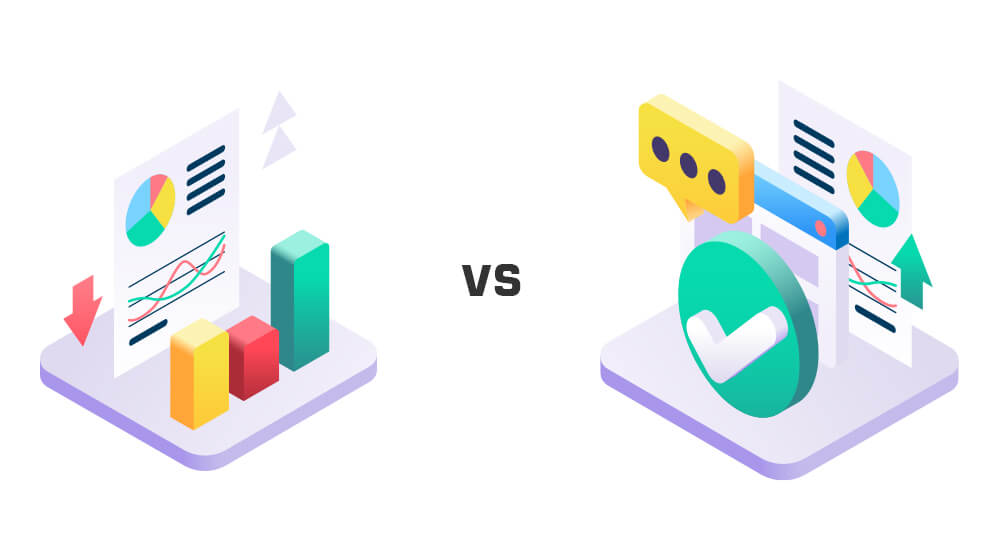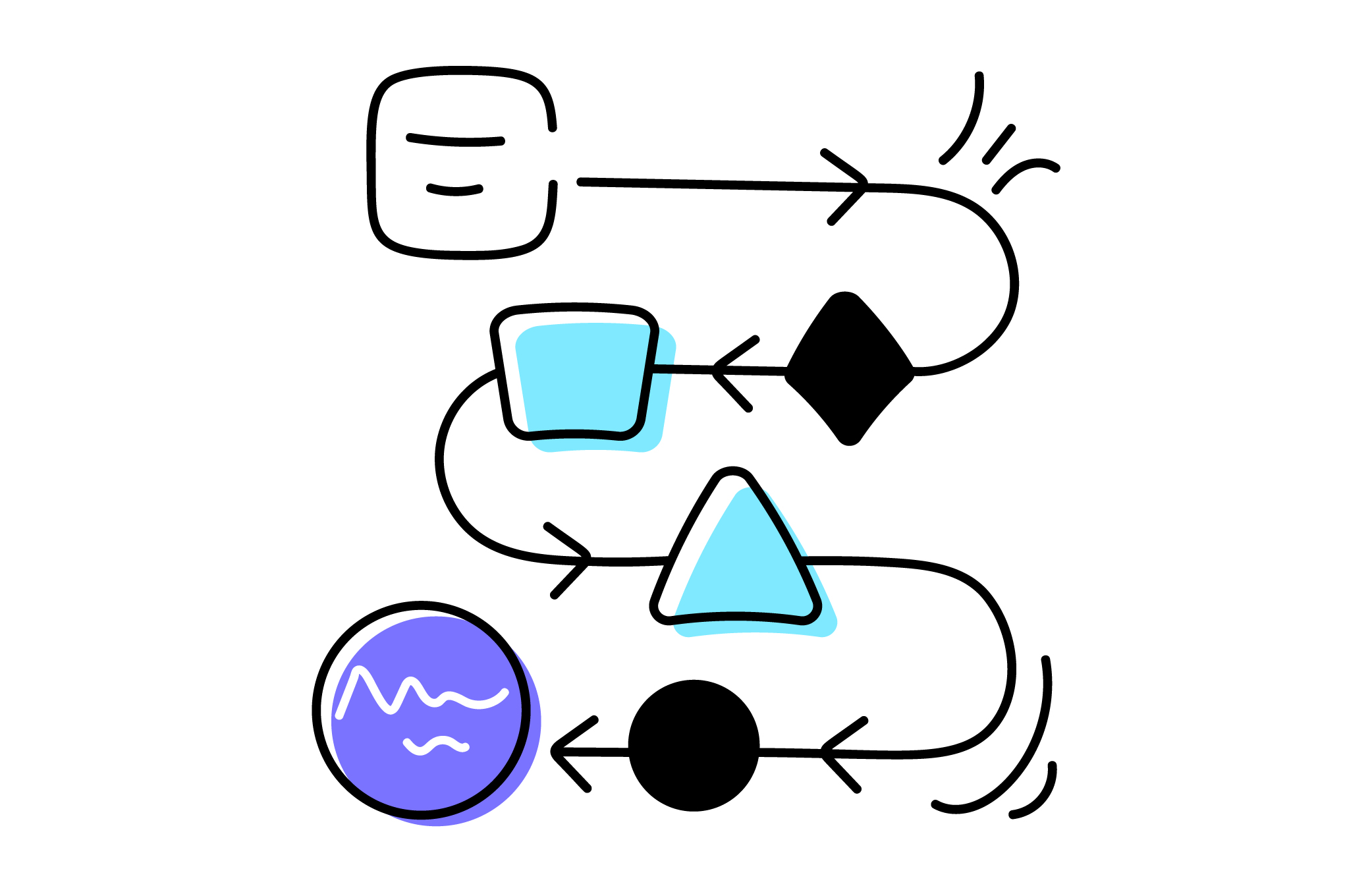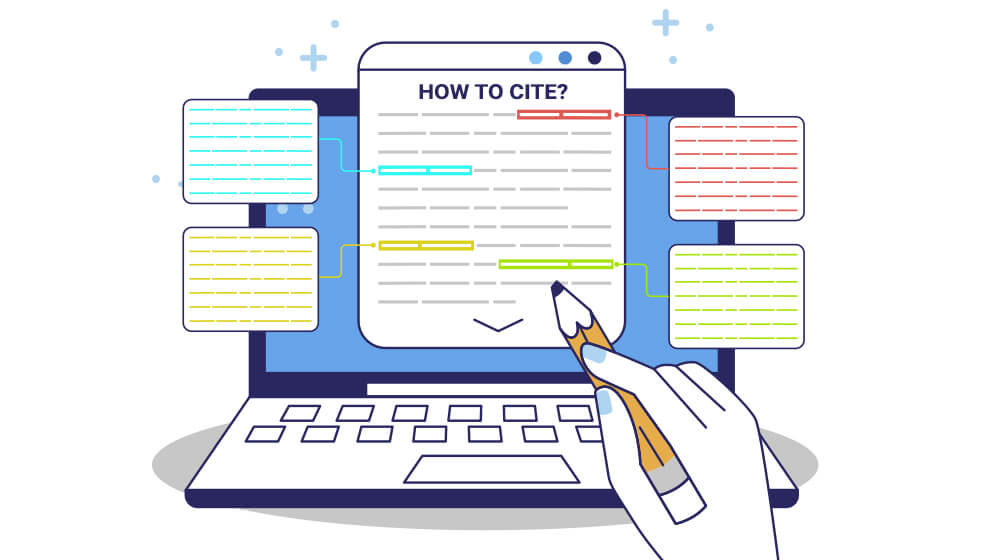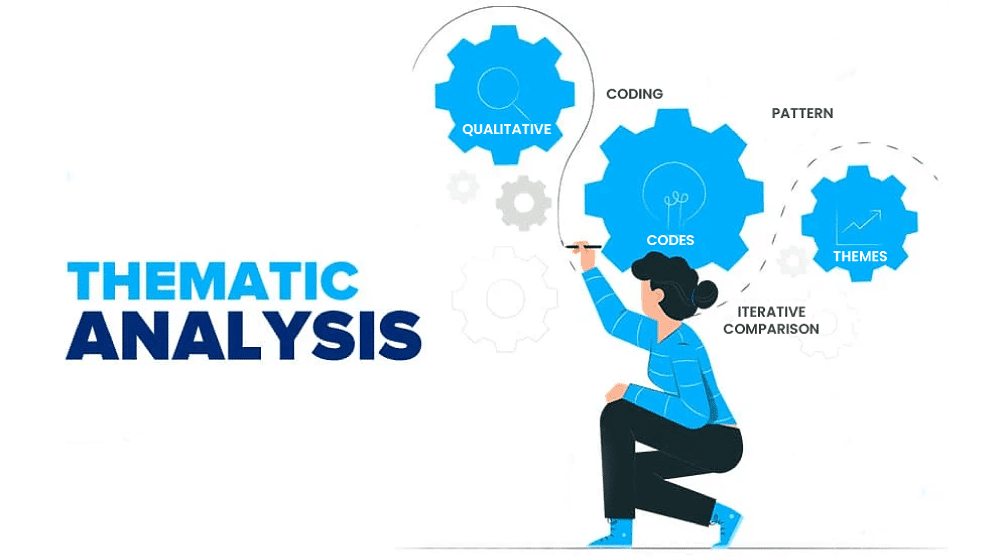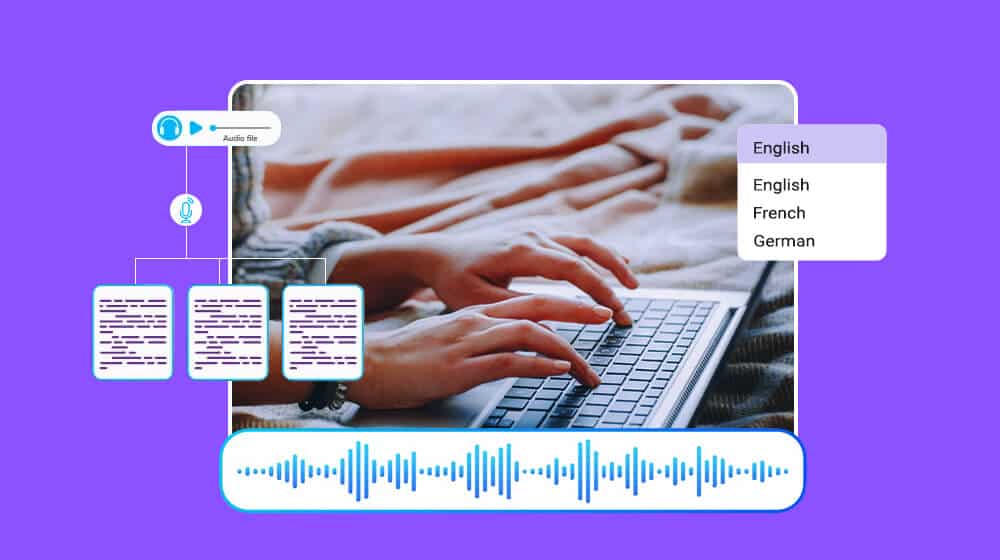From Surface to Core: Types of Thematic Analysis Explained
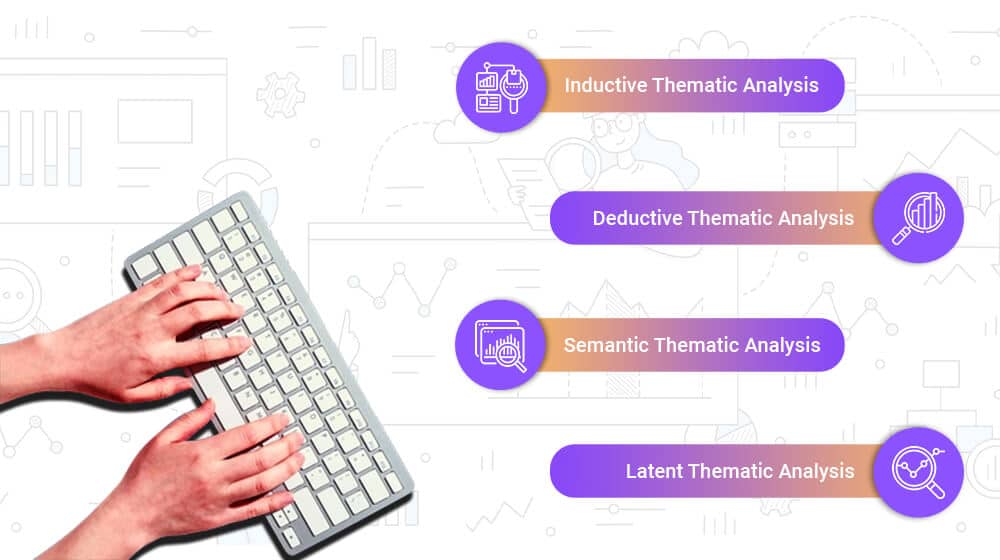
In the research and analysis sphere, thematic analysis is a common topic of discussion
So, what’s that? It’s like sorting ideas or topics from the information you gather. Imagine you’ve listened to 10 people talk about their favorite foods. After listening, you realize many of them like pizza. That “liking pizza” is a theme you found. Thematic analysis is about spotting such common ideas or themes.
There are different ways to do this kind of data analysis. Let’s explore them together, moving from simple methods to deeper ones, and make sense of all these approaches.
Types of Thematic Analysis: The Broad View
1. Inductive Thematic Analysis
Imagine being a detective with no starting clues; that’s the essence of this inductive qualitative analysis approach. Researchers dive into the data with zero assumptions, letting the data lead the way. As they dig deeper, natural patterns surface, offering genuine insights untainted by preconceived ideas. It’s like venturing into uncharted territory, discovering fresh perspectives on familiar subjects.
Pros:
Unbiased Exploration: It allows researchers to stay open-minded and free from preconceived notions.
Flexibility: Themes can naturally arise from the data without being forced.
Grounded in Data: Themes are based directly on the data, ensuring genuine representation.
Con:
Time-Consuming: Without a predefined framework, the process can be lengthy.
2. Deductive Thematic Analysis
Now, think about researchers embarking on a quest with a map. They have hints and clues about the treasure they might find. As they go through the data, they look for signs that resonate with their starting clues. Yet, they tread with an open heart, ready to be surprised by unexpected gems. Deductive data analysis method shines when adding to a known story but demands an alert mind to catch the whispers of uncharted tales.
Pros:
Theory-Driven: It starts with an established theory, offering a foundation.
Focused Approach: Having a clear direction ensures efficient data exploration.
Hypothesis Testing: Well-suited for evaluating existing concepts.
Con:
Potential Bias: Starting with a predetermined idea might overlook unexpected themes.
3. Semantic Thematic Analysis
With semantic data analysis, it’s all about the clear words and sentiments shared by participants. Researchers focus on the surface, capturing the genuine voice without overthinking or reading between the lines. This approach values authenticity and stays loyal to the original statements. It makes it ideal for understanding what’s expressed without added interpretations.
Pros:
Direct Quotes: This method uses participants’ exact words, ensuring clarity.
Clear and Concise: Themes identified are straightforward and focused.
Cons:
Surface-level Exploration: It only captures clear meanings and doesn’t explore deeper interpretations.
4. Latent Thematic Analysis
By deepening the data, latent thematic analysis uncovers hidden meanings beyond the obvious. Researchers don’t just listen to what’s being said; they tune into the unsaid, decoding implicit beliefs and ideologies. This data analysis method is like reading between the lines, where nuances and subtleties emerge. With a keen eye and intuition, researchers bring deeper stories and structures to light, enriching our understanding of the topic.
Pros:
Deep Interpretation: It looks beyond just words to understand the deeper reasons behind them.
Reading Between the Lines: It uncovers hidden meanings and feelings.
Conceptual and Abstract: It identifies broad themes representing big ideas and beliefs.
Con:
Complexity: The process can be intricate and requires expertise to decipher nuanced themes.
Wrapping it up
Thematic analysis, with its layers from surface to core, offers a structured way to explore qualitative data. Whether skimming the surface with semantic analysis or diving deep with latent analysis, the method provides valuable insights into the heart of the data.
So, the next time you’re sifting through a heap of qualitative data, remember the power of thematic analysis. When wielded correctly, it’s a tool that can uncover gems of understanding, revealing the stories and experiences hidden within.
Unlock deeper insights with ANT Datagain! Explore our expert thematic analysis assistance and unveil the hidden gems in your data. Don’t just analyze; understand. Click here to get started with Ant Datagain today!


